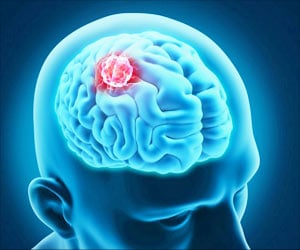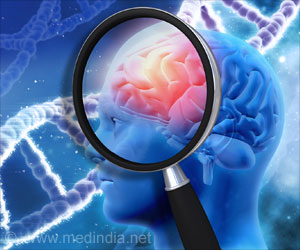
‘Tiny bubbles and ultrasound can offer sound solution to drug delivery for next generation brain therapies.’
Tweet it Now
With recent advances in technology, the blood-brain barrier can now be opened safely, noninvasively and in a targeted manner using ultrasound. One of the newest approaches aiming to advance this research will be presented during Acoustics '17 Boston, the third joint meeting of the Acoustical Society of America and the European Acoustics Association being held June 25-29, in Boston, Massachusetts.Investigators at the University of Oxford in the United Kingdom, collaborating with colleagues at the University of Twente in the Netherlands, have produced a promising in vitro experimental platform to investigate relationships between the way the blood-brain barrier opens, how long it takes to recover, and the sounds emitted during blood-brain barrier opening. Think of it as a blood-brain barrier on-a-chip using cultured cells rather than animal or human models.
"The key advantage of our system is that it uses three modalities -- involving light, sound, and electrical fields -- to simultaneously monitor acoustic emissions, blood-brain barrier disruption and recovery, and the biological response of blood-brain barrier cells in real-time," said Miles M. Aron at the University of Oxford.
Researchers have tried to open the blood-brain barrier using ultrasound since the 1950s. The breakthrough for safely opening the blood-brain barrier was to use tiny bubbles that interact with the ultrasound field known as "cavitation agents." Several cavitation agents are already approved for enhancing contrast in ultrasound imaging by the U.S. Food and Drug Administration. Cavitation agents work by oscillating rapidly or "singing" when exposed to ultrasound.
"The treatment can be monitored externally by 'listening' to the re-radiated sound from the cavitation agents interacting with the ultrasound field. These acoustic emissions provide information regarding the energy of cavitation within the blood vessels and are already being used to adjust ultrasound parameters in real-time to reduce the likelihood of damaging healthy cells during treatment," Aron said.
Advertisement
In addition, the team uses fluorescent probes to monitor either changes in the cells during treatment, or mechanical and chemical effects from the cavitation agents as they are exposed to ultrasound in real-time.
Advertisement
Source-Eurekalert












